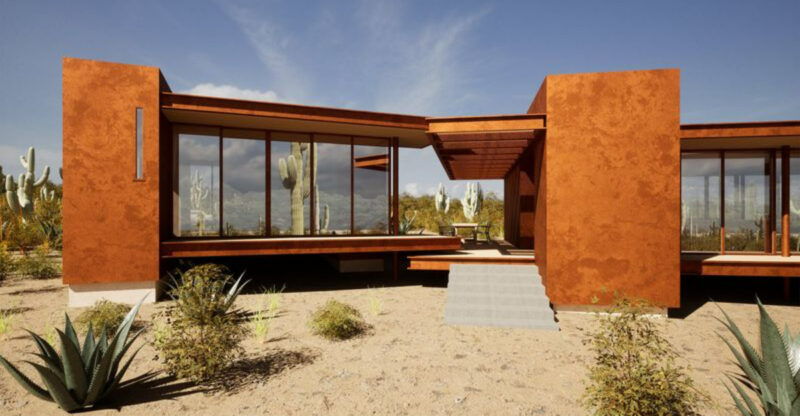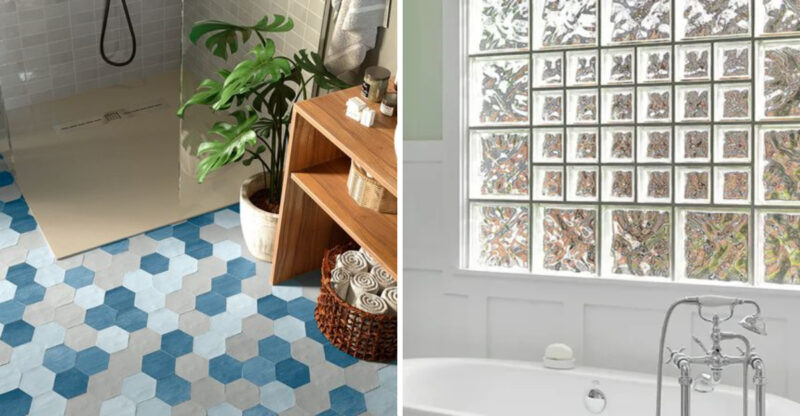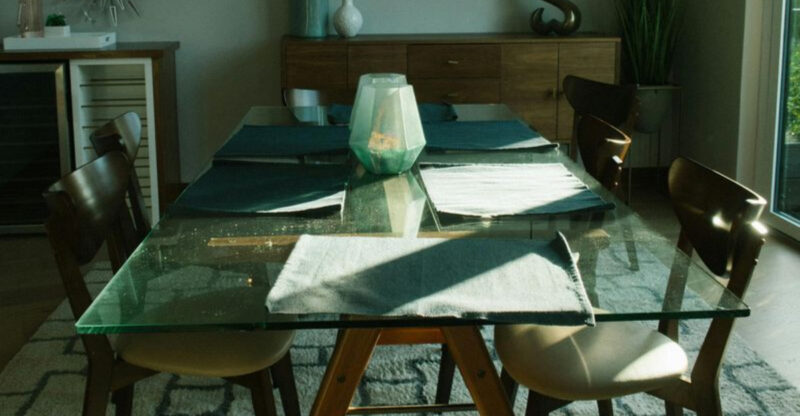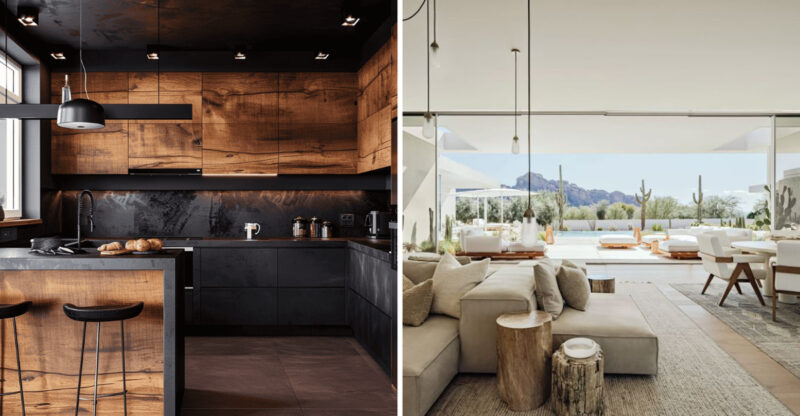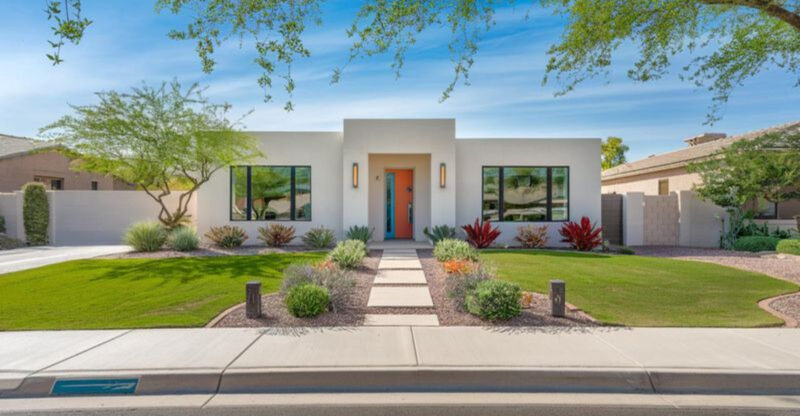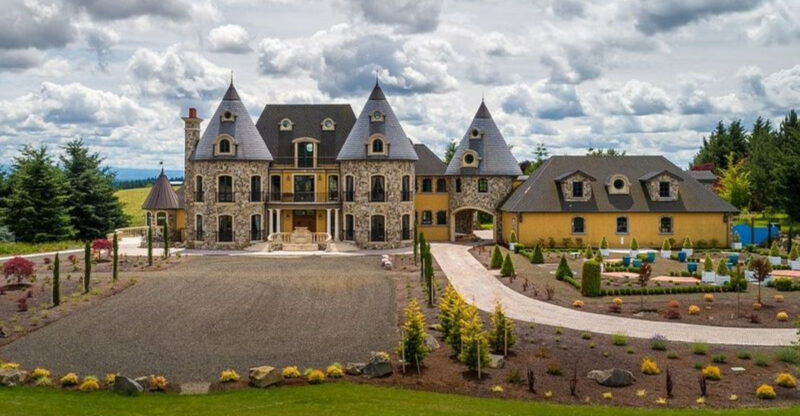Thinking Of Selling 17 Modern Home Features Turning Off Buyers
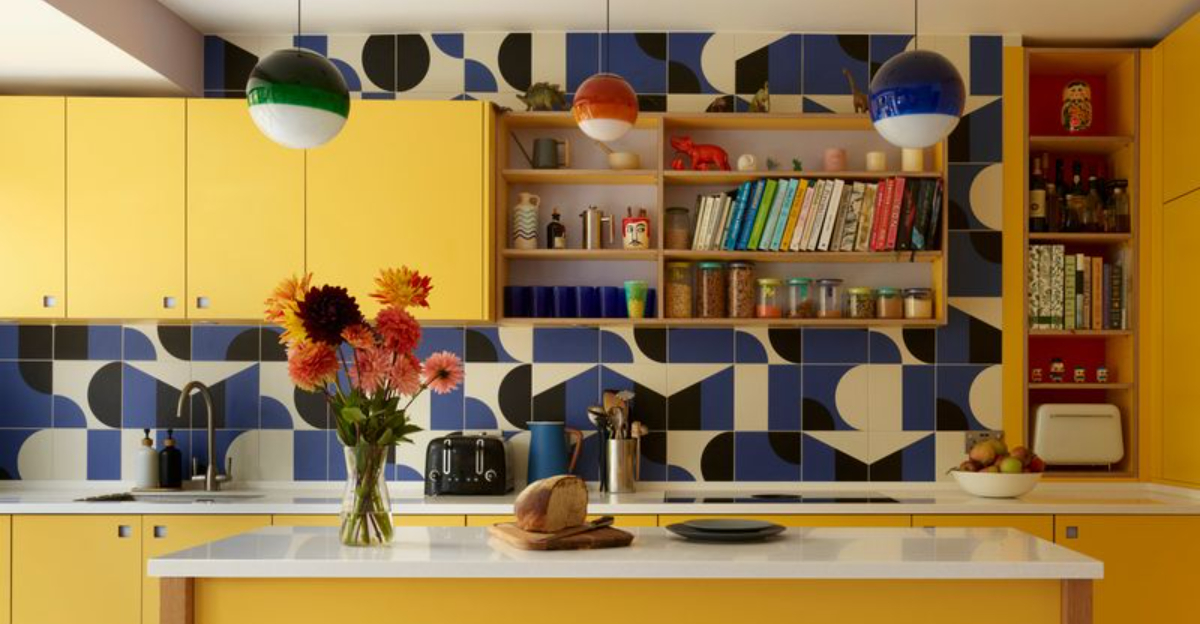
When selling your home, certain trendy design elements might actually hurt your chances of making a quick sale.
What seems stylish to you could be a turn-off for potential buyers who see only maintenance headaches or outdated fads.
Understanding which modern features might work against you can help maximize your home’s appeal and selling price. Let’s explore the design trends that buyers are increasingly avoiding.
1. Open Shelving in Kitchens
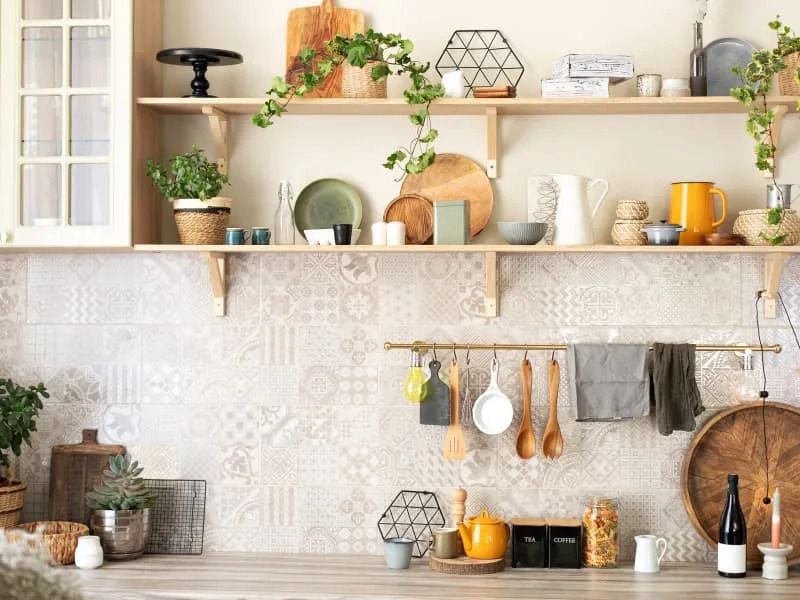
Homeowners installed these shelves thinking they’d create an airy, accessible kitchen. Reality hit when dust collected on every dish and glass became constantly exposed to cooking grease. Buyers immediately see the maintenance nightmare.
Most families prefer hiding their mismatched mugs and everyday clutter behind cabinet doors. The practical hassle of keeping everything Instagram-worthy 24/7 is simply too much work.
If you’re selling, consider reinstalling traditional upper cabinets. The investment typically pays off, as buyers value function over the farmhouse aesthetic that dominated design shows but proves impractical in real life.
2. Barn Doors Everywhere
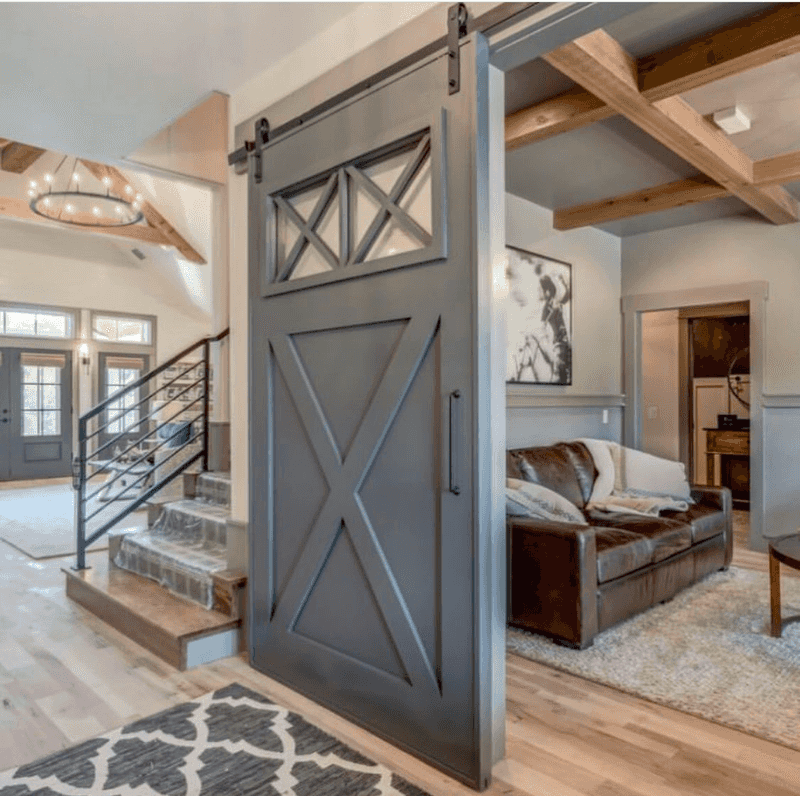
What started as a charming farmhouse accent quickly morphed into overused design cliché. Barn doors lack privacy – the gaps around edges allow sound to travel freely, making them particularly problematic for bathrooms and bedrooms.
The hardware often breaks down over time, with tracks jumping and doors becoming difficult to slide. Many buyers now view these as a dated trend rather than a timeless feature.
Consider replacing barn doors with traditional swing doors before listing your home. This simple change removes the immediate mental note many buyers make about future renovation costs they’ll need to budget for after purchase.
3. Vessel Sinks
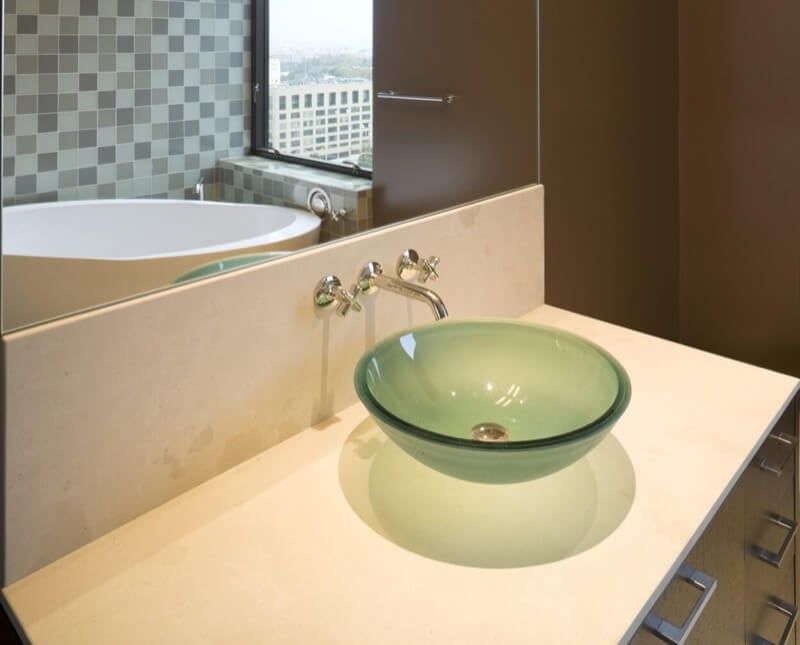
Once the height of bathroom luxury, these above-counter bowls now signal potential headaches to savvy buyers. Children struggle to reach them, making morning routines frustrating for families. Water splashes everywhere since the basin sits higher than traditional sinks.
Cleaning becomes a nightmare where the sink meets the counter a perfect spot for mold and grime to accumulate. The unusual drain configurations often require specialized plumbing knowledge for repairs.
If your bathroom features vessel sinks, consider replacing them with undermount options before listing. This relatively inexpensive update removes what many buyers now see as an impractical design choice that screams “early 2000s trend.”
4. All-Gray Color Schemes
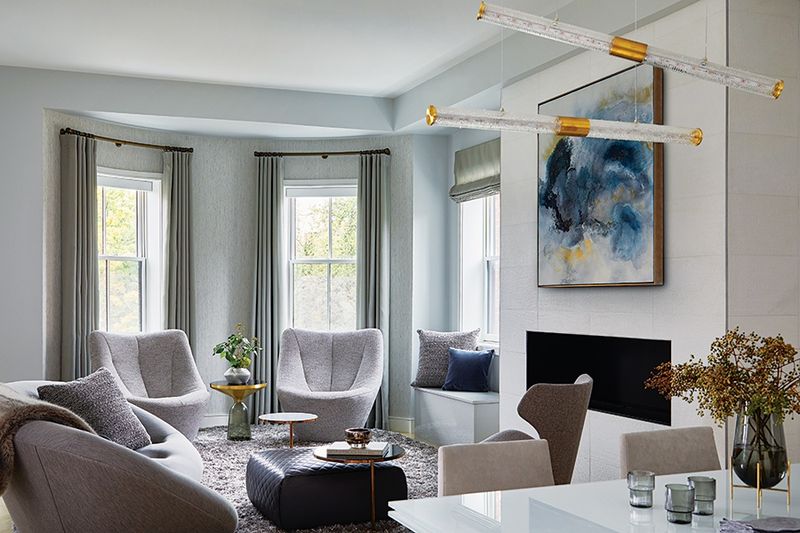
Gray dominated interior design for years, but the pendulum has swung back toward warmth. Buyers now walk into all-gray homes and immediately feel the cold, clinical atmosphere that once seemed sophisticated but now reads as depressing and outdated.
The psychology behind home buying involves emotional connections. Spaces painted entirely in cool grays make it harder for buyers to envision themselves living happily there.
Before listing, consider warming up your palette with some strategic painting. Adding warmer neutrals or subtle color accents can transform the feel of your home without major renovation, making it more appealing to today’s buyers who crave comfort over stark minimalism.
5. High-Maintenance Glass Showers
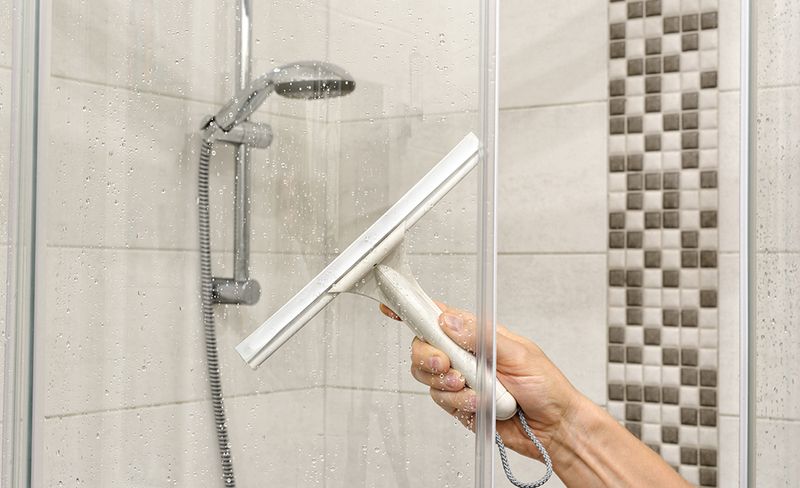
Those stunning frameless glass shower enclosures sold you on luxury, but buyers see only weekend cleaning sessions with squeegees and vinegar solutions. Water spots, hard water stains, and soap scum make these showpieces look neglected without constant attention.
Families with children particularly dread the upkeep. The clear glass offers zero privacy, and fingerprints show immediately on the pristine surfaces.
If selling, consider installing a shower door with treated glass that repels water or frosted panels that hide spots. Alternatively, make sure your glass is impeccably clean for showings – a spotty shower enclosure sends the message that other home maintenance may have been neglected too.
6. Wall-to-Wall White Interiors
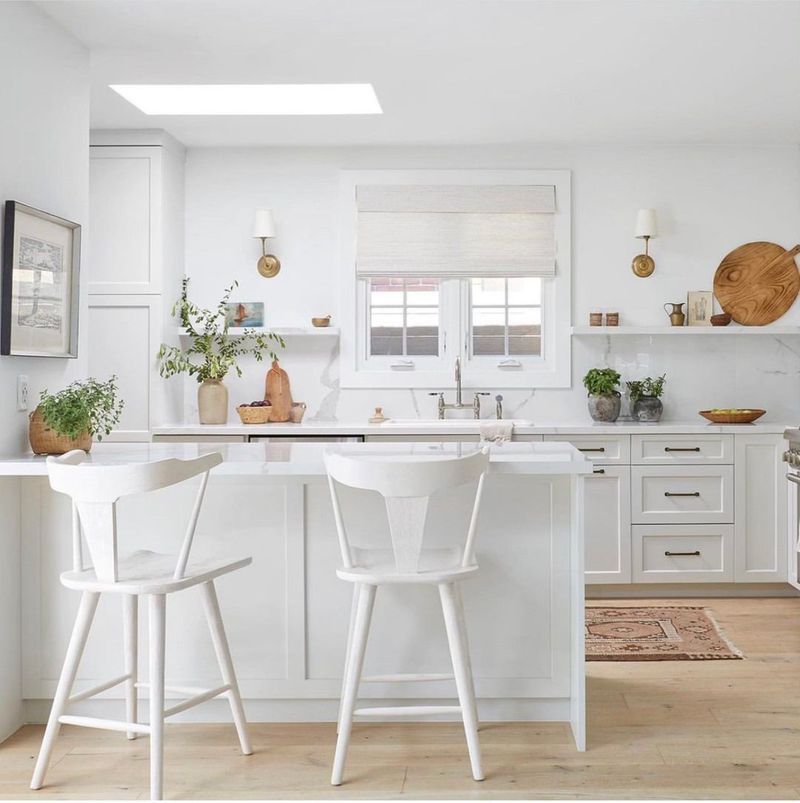
The all-white everything trend promised magazine-worthy spaces but delivers impractical living environments. Parents especially see white walls, white sofas, and white rugs as incompatible with real life. Potential buyers mentally calculate repainting costs before they’ve even finished the tour.
White shows every scuff, handprint, and dirt mark. Maintaining that pristine look requires constant vigilance and cleaning that most homebuyers aren’t willing to commit to.
Adding some washable, warmer-toned paint to key areas before listing can help buyers see your home as livable rather than a high-maintenance showpiece. This small investment helps them envision their lives in the space without immediate renovation needs.
7. Industrial-Style Exposed Ducts
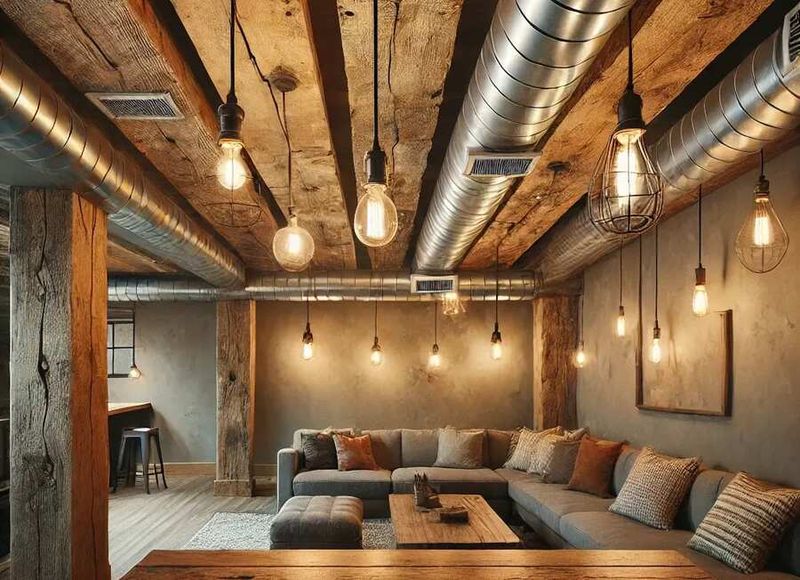
Exposed ductwork and pipes once signaled urban chic, but many buyers now see them as dust collectors and noise amplifiers. The industrial look that dominated design shows doesn’t translate well to suburban homes, where it often feels forced and out of place.
Heating and cooling systems create noise that reverberates through exposed metal ducts. Without proper insulation, these industrial elements can make homes less energy efficient a major concern for today’s cost-conscious buyers.
If your home features exposed systems, consider having them professionally cleaned before showing the house. While full enclosure might be cost-prohibitive, ensuring they’re pristine helps minimize negative first impressions from buyers who already see them as a future renovation project.
8. Bold Accent Walls
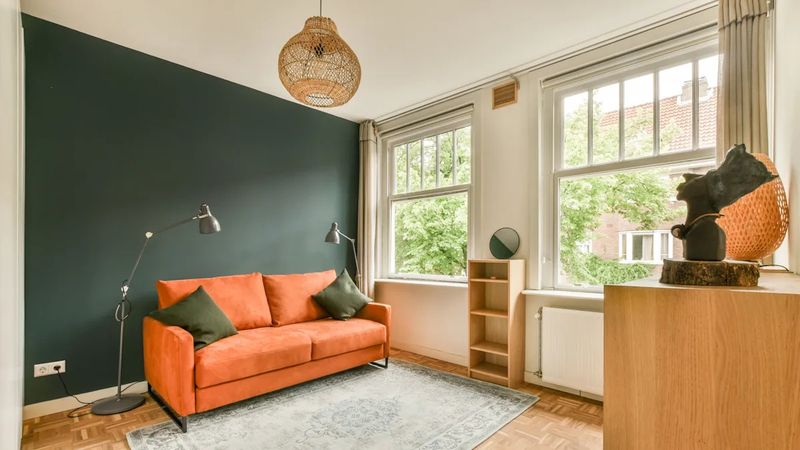
That dramatic burgundy dining room wall or navy blue bedroom feature that made your home feel unique now signals “repaint me” to potential buyers. Bold color choices are deeply personal, and most house hunters struggle to see past them to envision their own style.
Real estate professionals consistently report that homes with neutral color schemes sell faster and for higher prices. Your beloved accent wall creates an immediate mental renovation task for buyers, who may overestimate the cost and hassle of repainting.
Before listing, invest in repainting bold accent walls in neutral tones. This relatively inexpensive update removes a significant psychological barrier for buyers and helps them focus on your home’s positive structural features rather than cosmetic changes they’ll need to make.
9. Dark Painted Cabinets
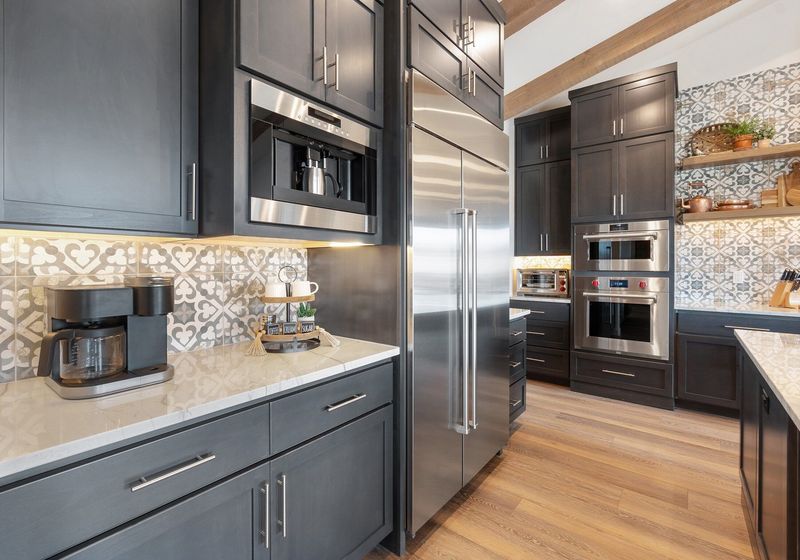
Navy and black cabinets enjoyed a moment in design spotlight, but they’re quickly becoming the avocado-green appliances of our era. Dark cabinets make kitchens feel smaller and often show dust, fingerprints, and scratches more prominently than lighter finishes.
Buyers typically seek bright, airy kitchens that feel spacious and clean. Dark cabinetry works against these perceptions, making even large kitchens feel cave-like and dated.
If selling soon, consider repainting dark cabinets in white or light neutral tones. While not an insignificant project, this update typically delivers strong return on investment by dramatically improving kitchen appeal – often the most important room for buyer decisions.
10. Busy Geometric Backsplashes
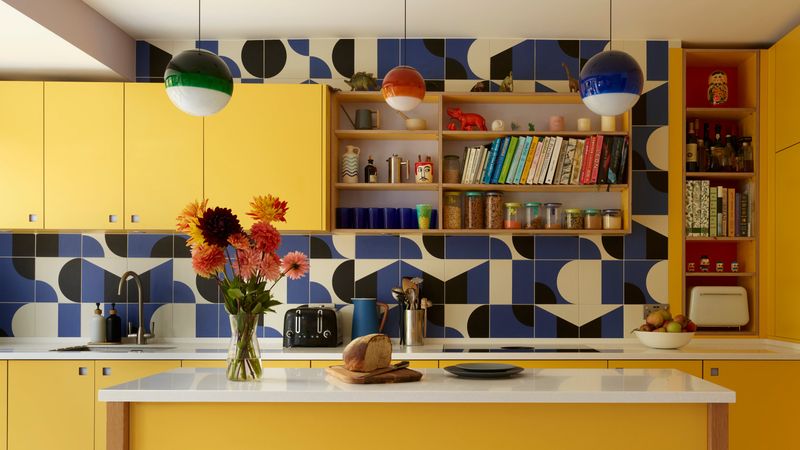
Those bold geometric tiles that made your kitchen Instagram-worthy now date your home to a specific design era. Intricate patterns that seemed cutting-edge a few years ago quickly become visual time stamps that make buyers think “renovation needed.”
Cleaning grout lines in complex patterns proves challenging. Food splatter and cooking oils find every crevice, making maintenance a constant battle – something buyers notice immediately during showings.
If your backsplash features busy patterns, consider replacing it with simple subway tiles or another classic option before listing. Alternatively, ensure it’s impeccably clean for showings, as dirty grout in a complex pattern becomes the focal point for all the wrong reasons.
11. Overly Minimalist Spaces
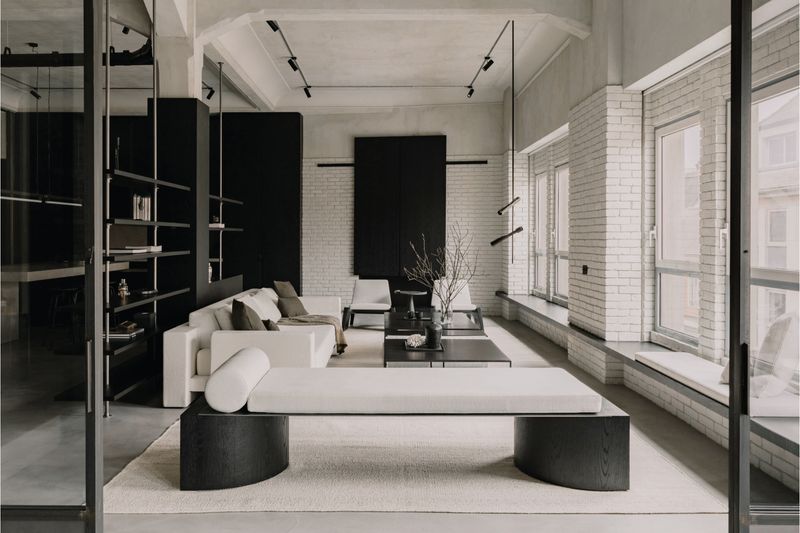
Ultra-sparse interiors with bare walls and barely any furniture once represented modern sophistication. Today’s buyers often perceive these spaces as cold, unwelcoming, and lacking practical storage solutions for real-life living.
Families especially need to envision where their belongings will go. Without seeing thoughtful storage integration, they immediately calculate renovation costs for adding closets, shelving, and cabinetry.
Before listing, consider adding strategic storage solutions and creating warmer, more inviting spaces through thoughtful staging. Simple additions like floating shelves, attractive storage baskets, or a well-placed bench with hidden storage can transform how buyers perceive your home’s functionality without compromising its clean aesthetic.
12. Floating Vanities Without Storage
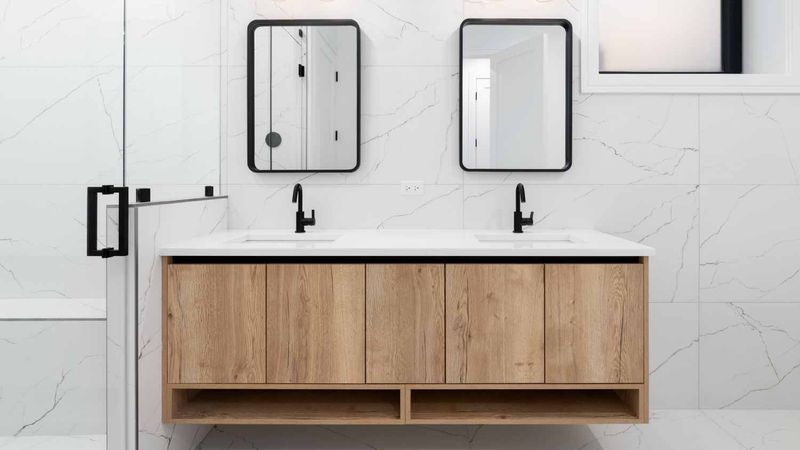
Sleek wall-mounted bathroom vanities promised modern style but delivered practical headaches that today’s buyers immediately recognize. Where exactly are towels, toilet paper, and cleaning supplies supposed to go? The lack of storage makes these designer elements impractical for everyday life.
The open space beneath collects dust and hair, requiring constant cleaning to maintain that showroom look. Installation problems are common too, with many floating vanities showing signs of pulling away from walls over time.
If selling with floating vanities, consider adding attractive storage solutions nearby to demonstrate functionality. Alternatively, replacing with more traditional vanities that include drawers and cabinets can be a worthwhile investment, as bathroom storage consistently ranks high on buyer priority lists.
13. Concrete Floors in Living Spaces
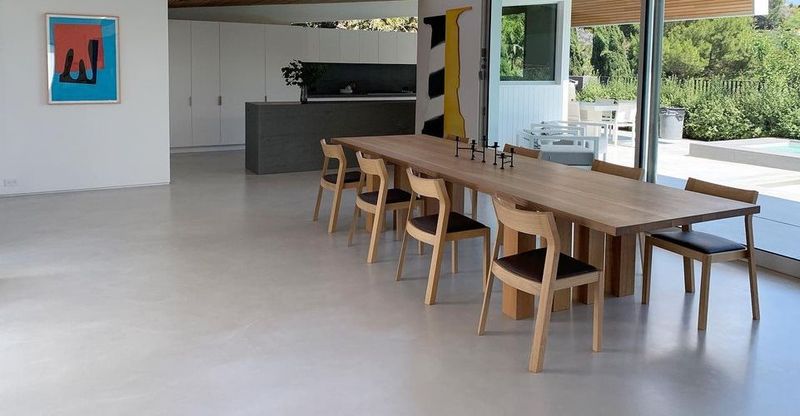
Industrial-chic concrete floors that once signaled urban sophistication now raise practical concerns for potential buyers. These hard surfaces prove uncomfortable underfoot, especially in rooms where people spend hours standing, like kitchens.
The cold feel of concrete makes spaces less inviting during winter months. Many homeowners discover too late that concrete cracks over time, with repairs being both difficult and expensive.
If your home features concrete floors, consider adding area rugs in strategic locations during showings to demonstrate warmth and comfort. Ensure floors are properly sealed and free of cracks. Alternatively, installing floating wood or luxury vinyl flooring over concrete before listing can dramatically increase appeal without major structural changes.
14. Massive Soaking Tubs
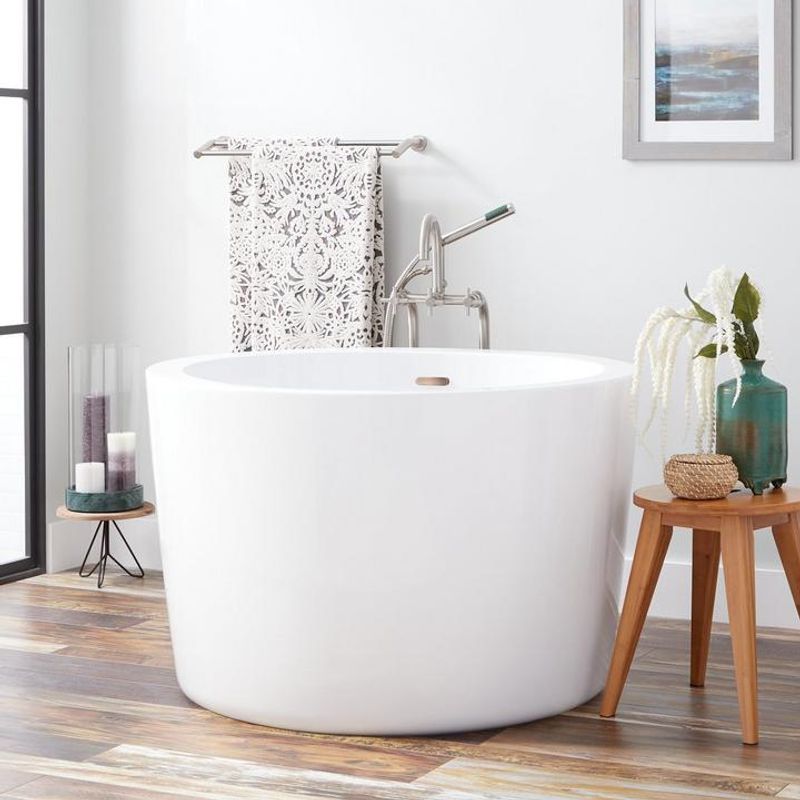
Those enormous jetted tubs that dominated master bath design now signal wasted space and excessive water bills to environmentally conscious buyers. Many homeowners admit they rarely use these water-guzzling fixtures that take forever to fill.
Families with young children find these deep tubs impractical and potentially dangerous. Older buyers often worry about stepping over high sides, seeing potential fall hazards rather than luxury.
If your bathroom features an oversized tub, consider replacing it with a more practical shower-tub combination or a walk-in shower before listing. At minimum, ensure jets are thoroughly cleaned and functioning properly for showings, as nothing turns buyers off faster than stained jets or moldy gaskets in what should be a sanctuary space.
15. Ultra-Modern Stair Railings
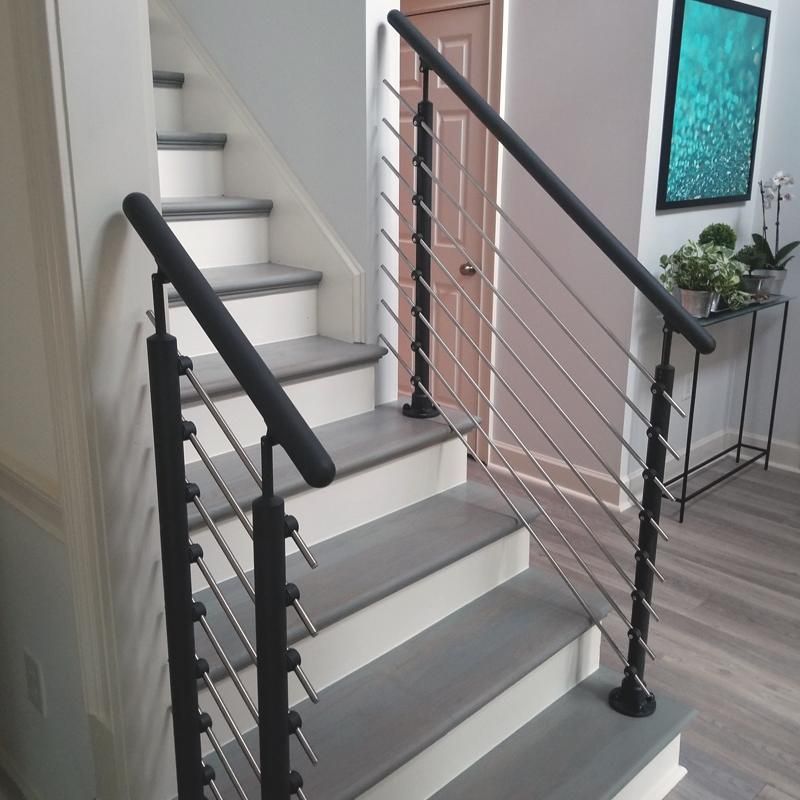
Horizontal cable railings and floating staircases without proper handrails create immediate safety concerns for buyers with children or elderly family members. What seemed architecturally cutting-edge now registers as a liability waiting to happen.
Building codes have tightened regarding stair safety. Many ultra-modern designs no longer meet current requirements, potentially forcing new owners into expensive modifications after purchase.
If your home features trendy but questionable stair designs, consider having a home inspector evaluate them before listing. Making safety modifications proactively can prevent negotiation headaches later. Alternatively, be prepared to offer closing cost credits specifically for updating these features, acknowledging the concern while providing a solution.
16. Pop Culture-Themed Rooms
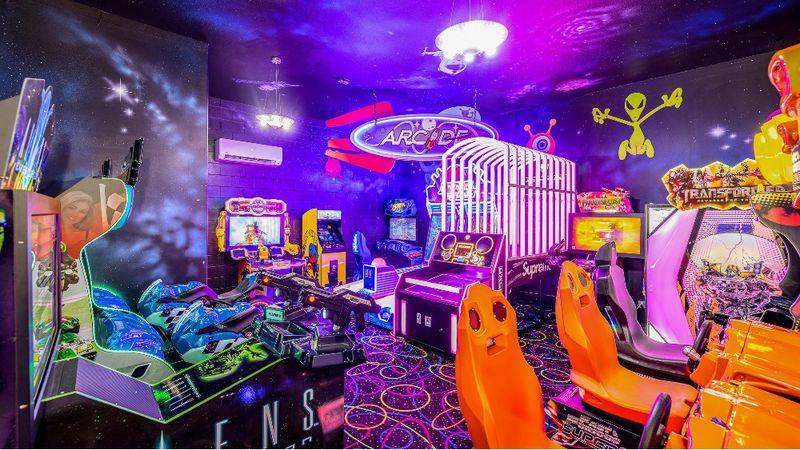
Your Star Wars basement or Disney princess bedroom represented fun personalization for your family. To buyers, these themed spaces signal immediate renovation needs and difficulty envisioning their own lives in the home.
Specialized paint treatments, built-ins, and permanent fixtures designed around specific themes severely limit appeal. Potential buyers mentally calculate costs to neutralize these spaces before they’ve even finished the tour.
Before listing, invest in returning themed rooms to neutral conditions. Remove character murals, specialized lighting, and unusual built-ins that serve the theme rather than function. This transformation helps buyers see possibilities rather than projects, significantly broadening your home’s appeal across different demographics.
17. Open Concept Bathrooms
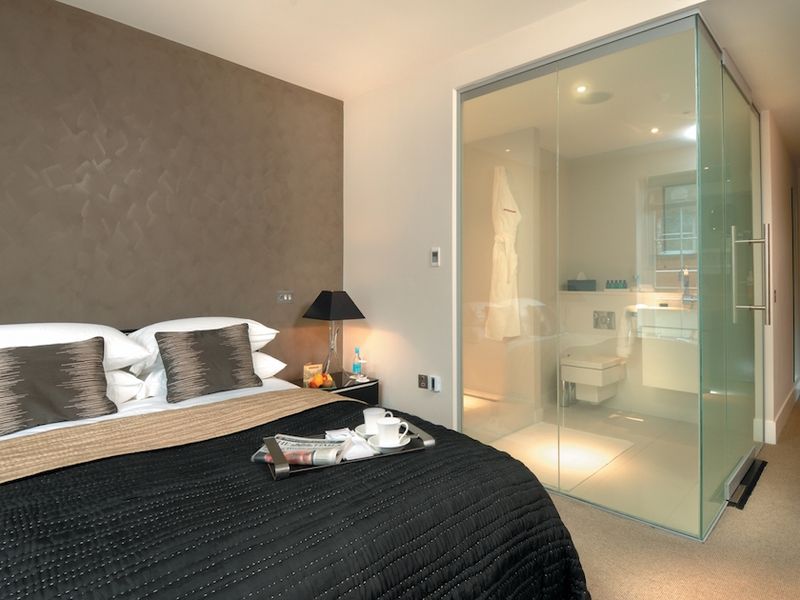
The trend of bathrooms without privacy barriers between bedroom and bath spaces has quickly become a major turnoff for buyers. What designers pitched as spa-like and intimate, most people experience as uncomfortable and impractical.
Privacy remains essential in bathroom spaces. Even couples who love each other deeply typically prefer not sharing every bathroom moment, from morning routines to stomach upsets.
If your master suite features an open bathroom concept, consider installing sliding doors, glass partitions, or even curtain systems before listing. These additions create necessary privacy while maintaining the spacious feel. This relatively simple modification removes a significant psychological barrier for buyers who might otherwise love your home.

